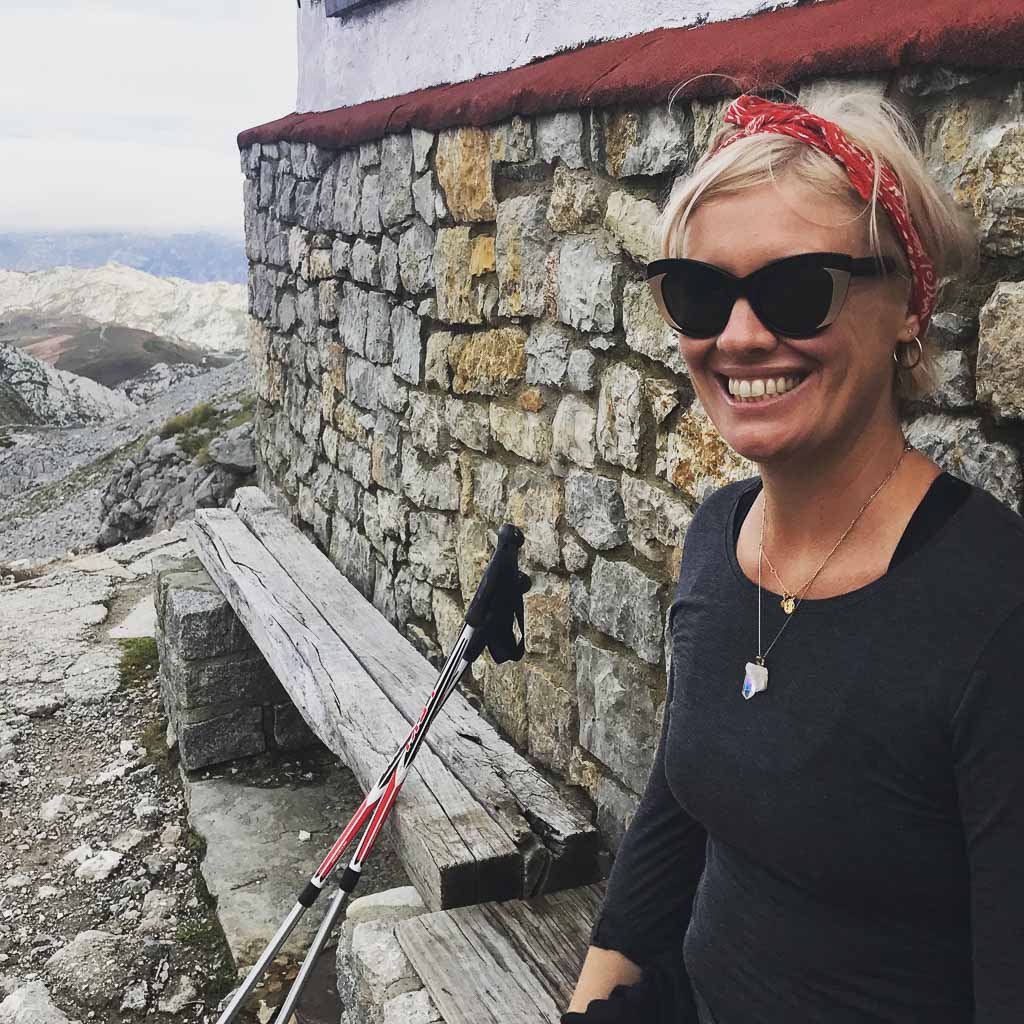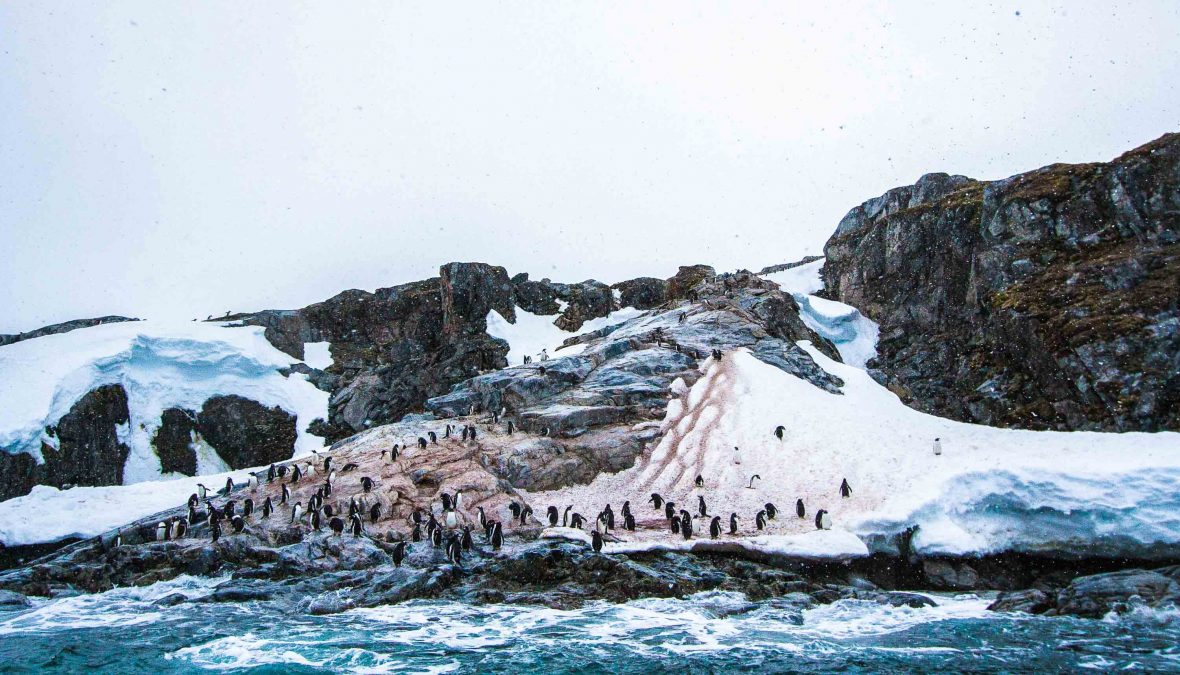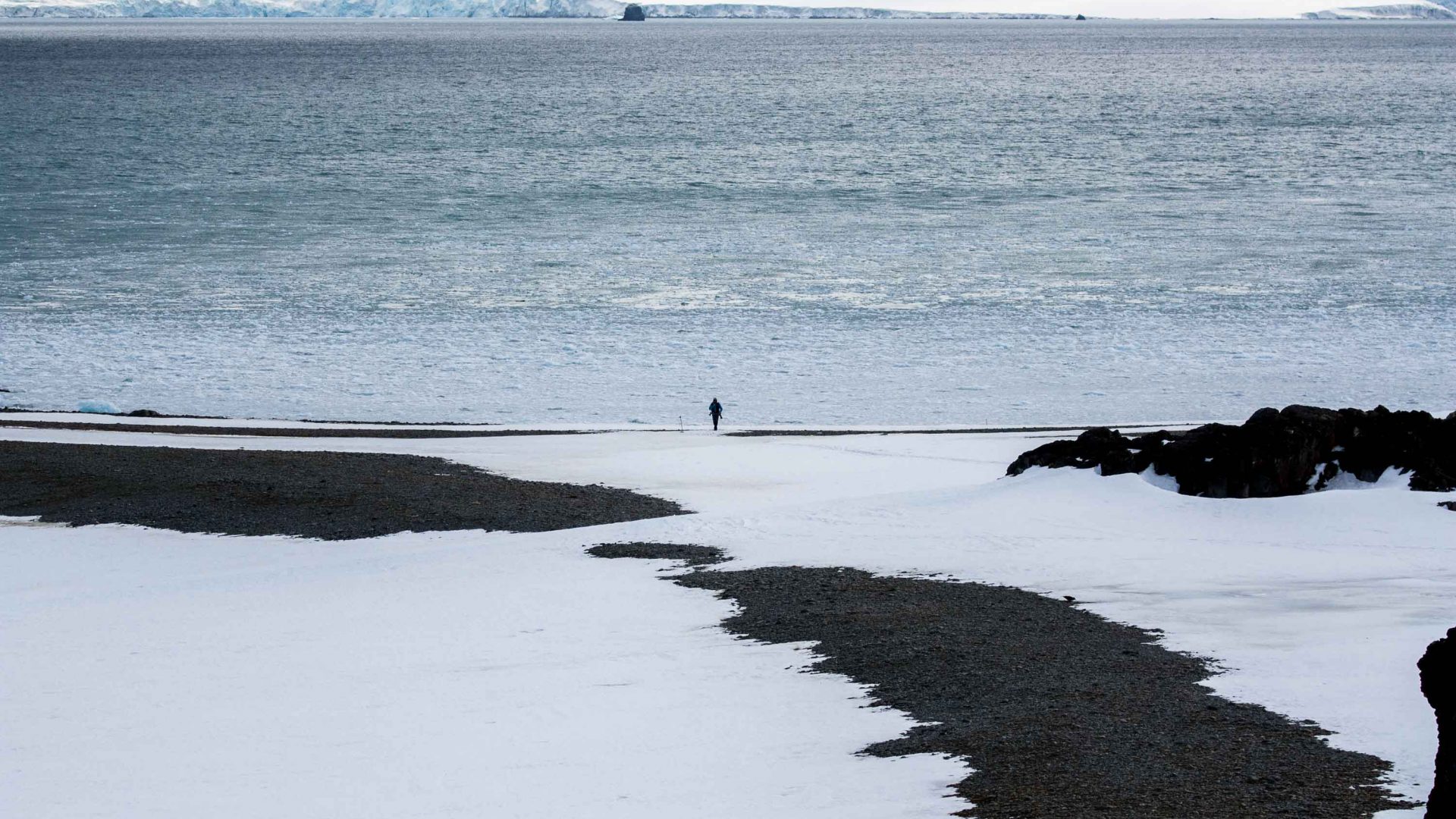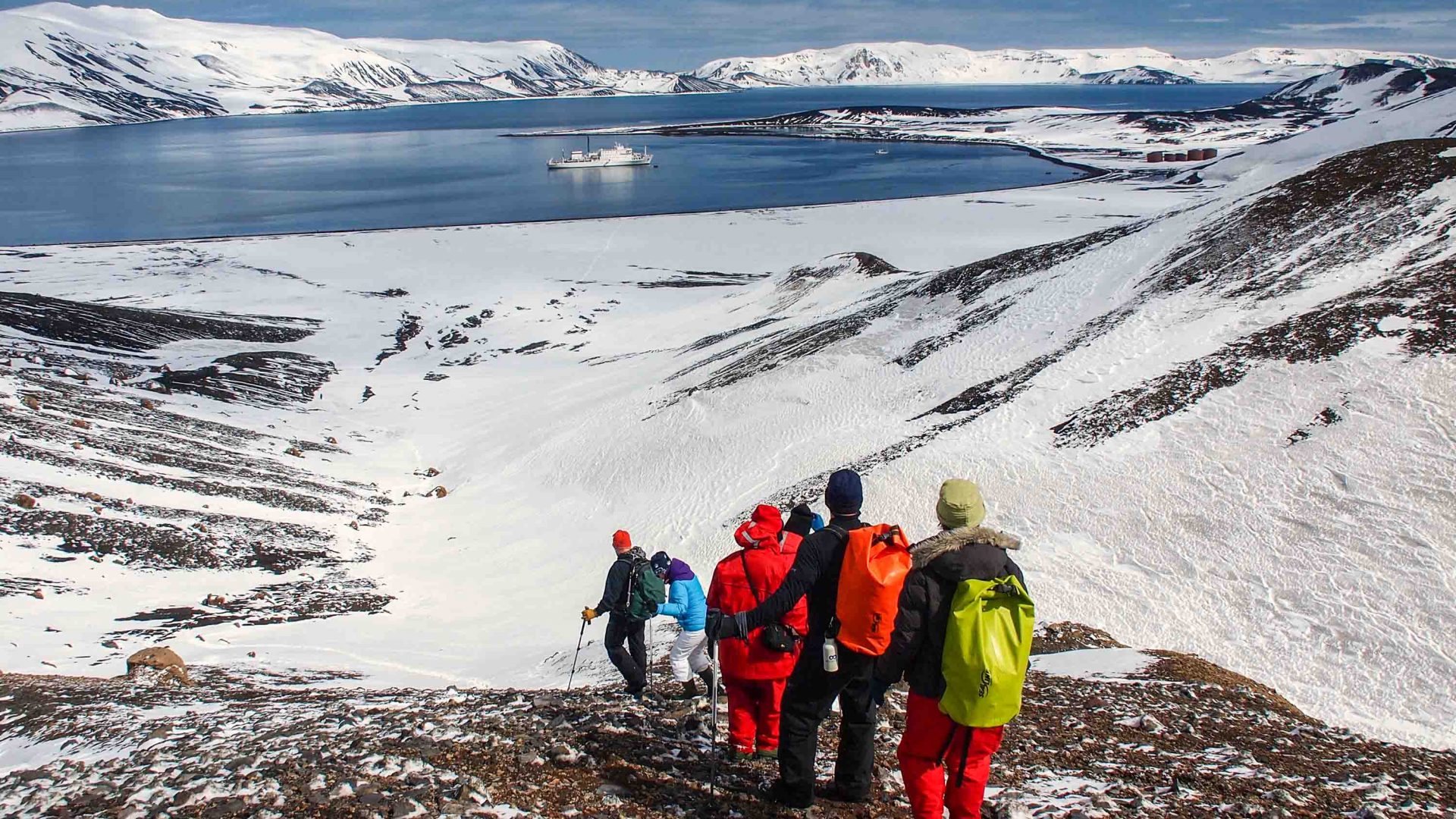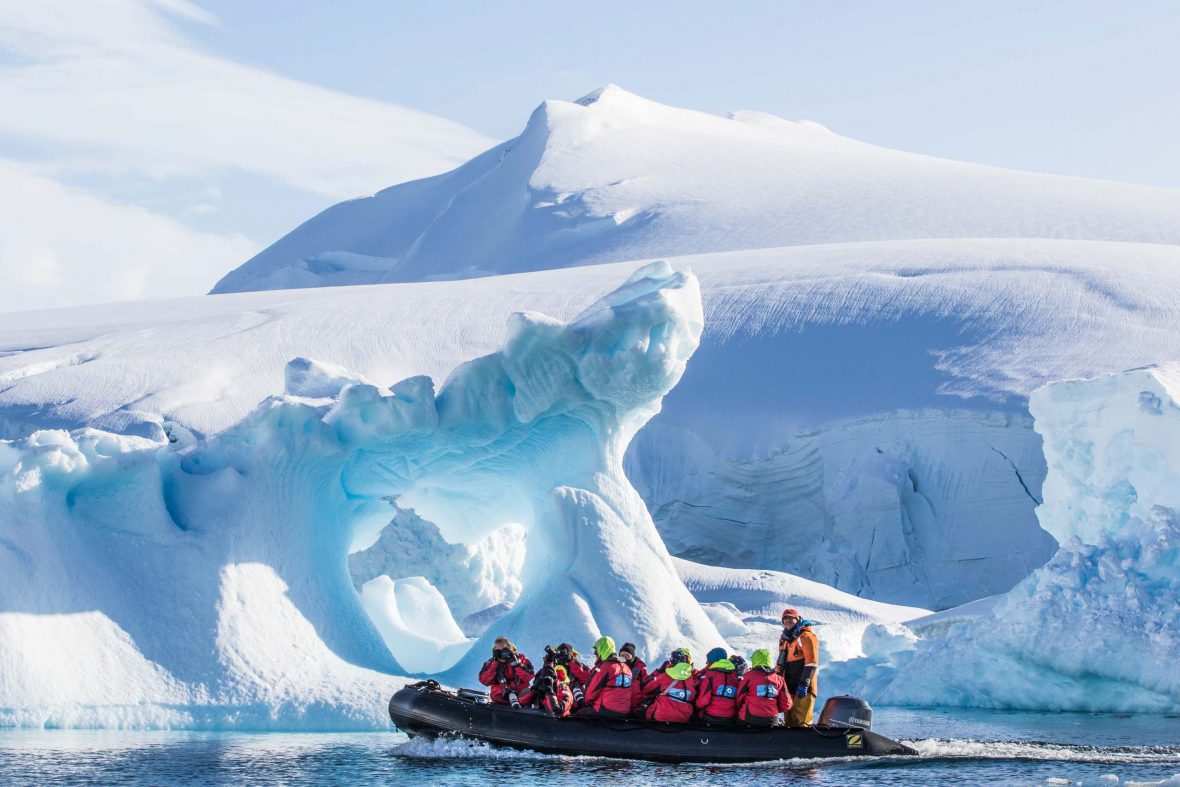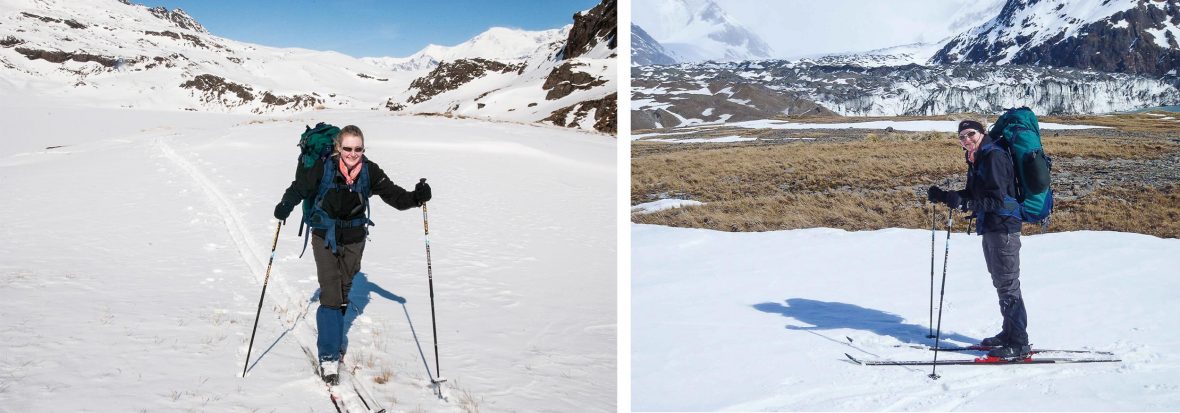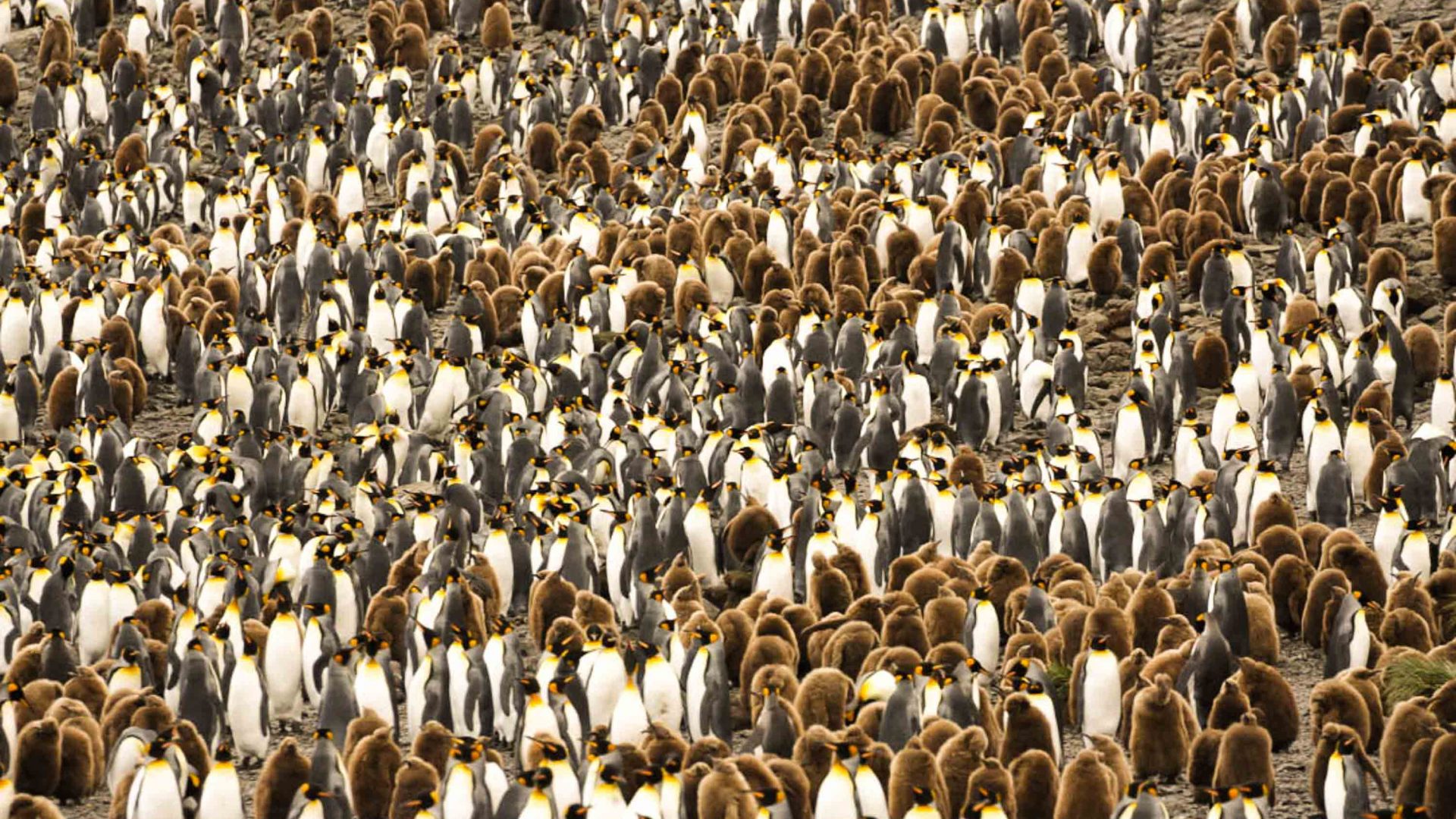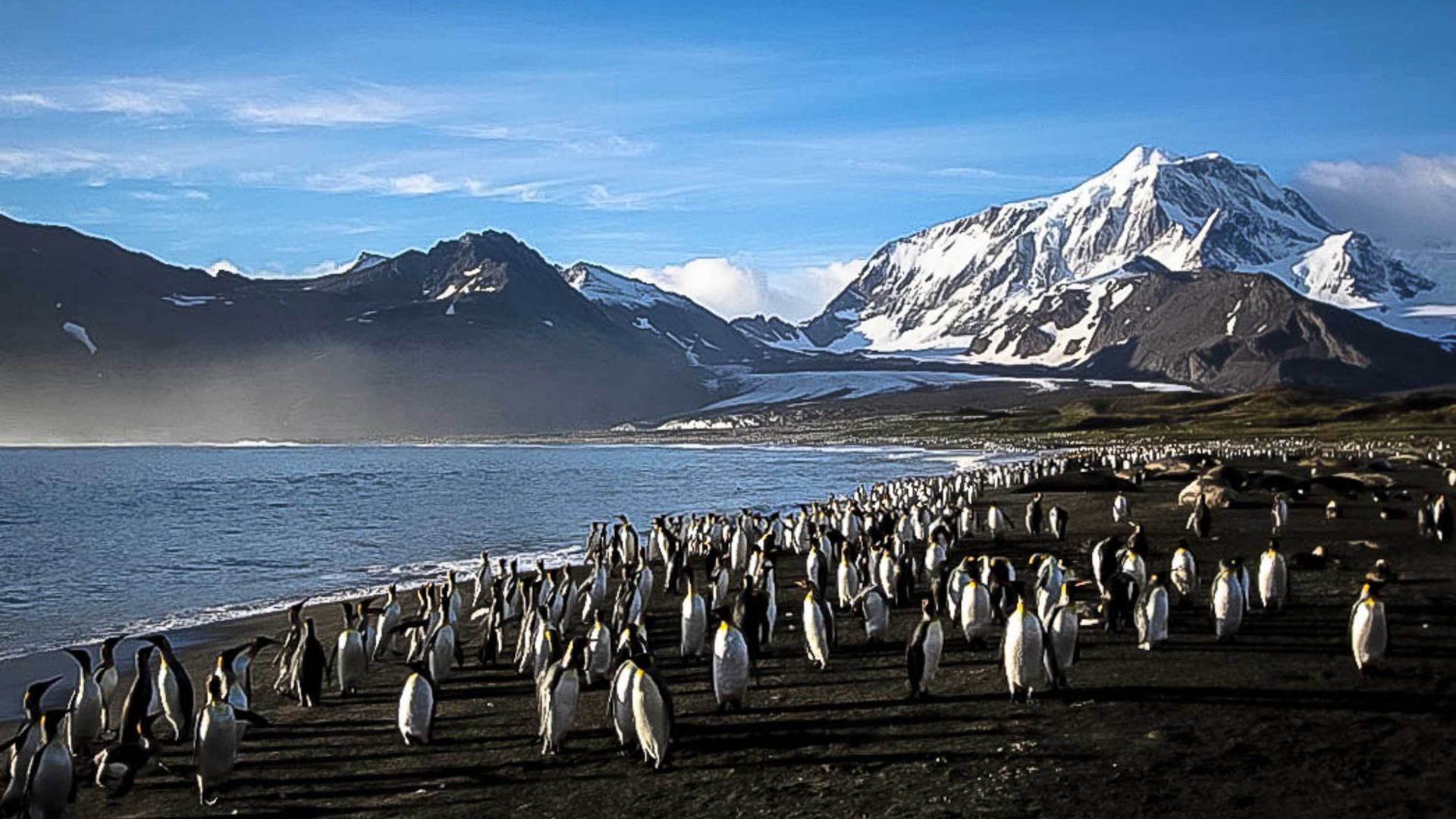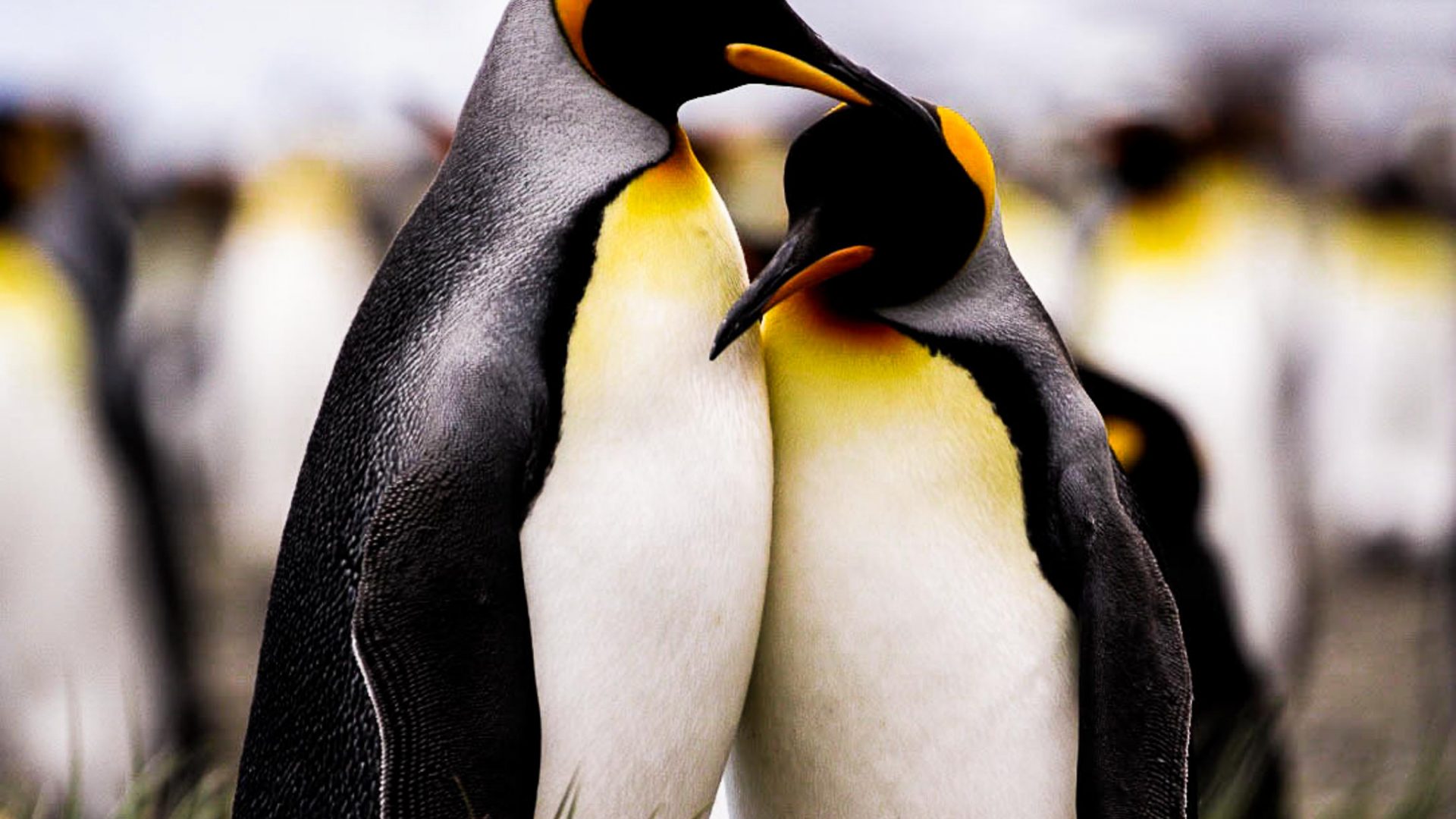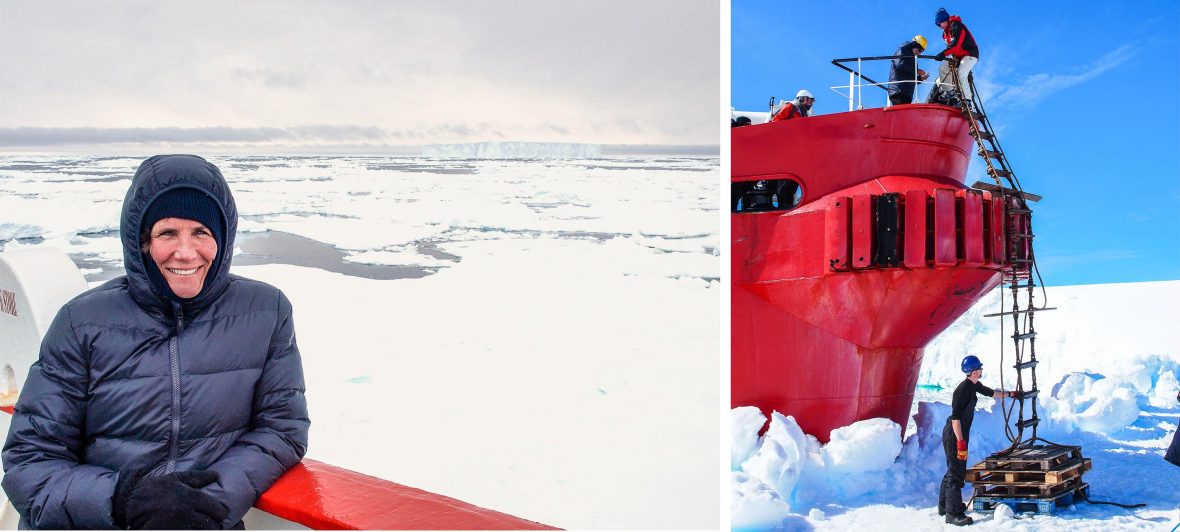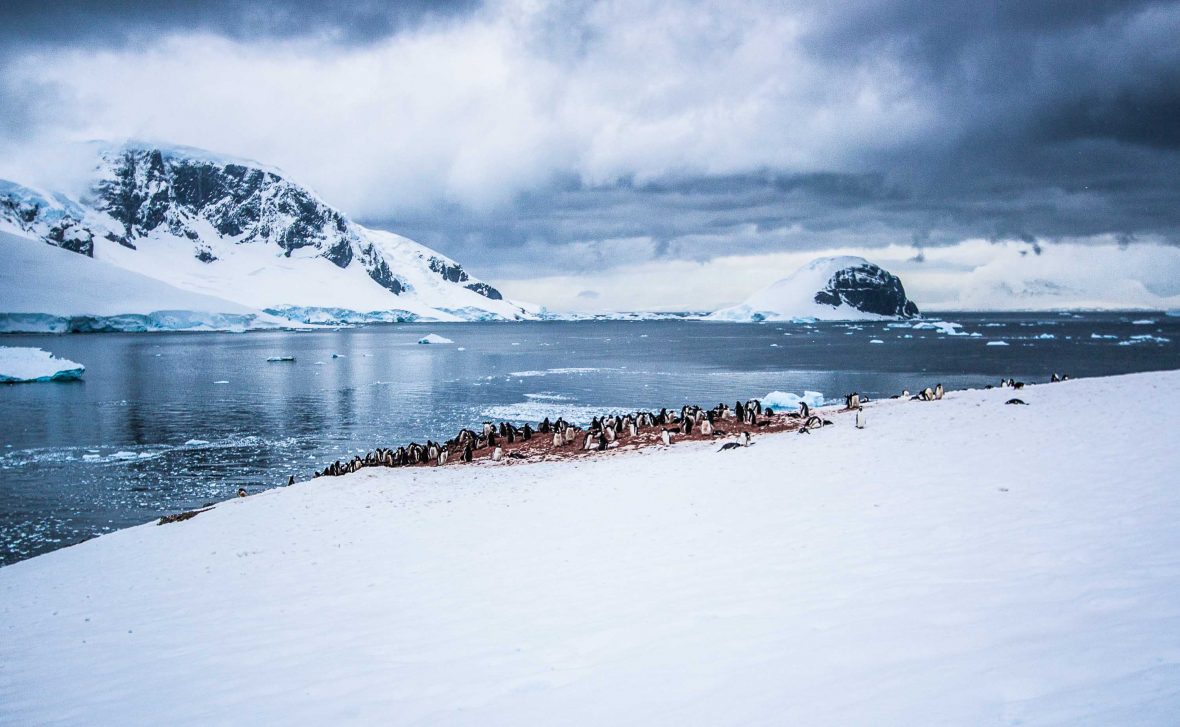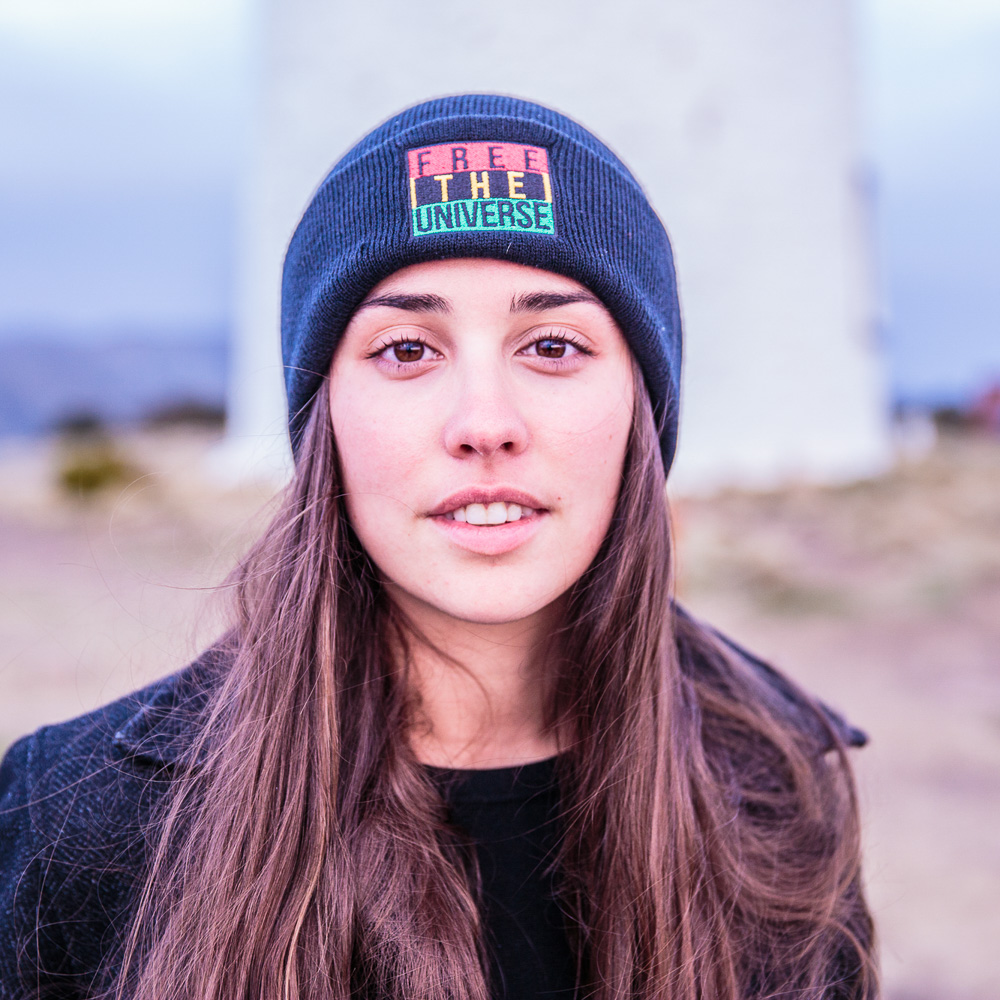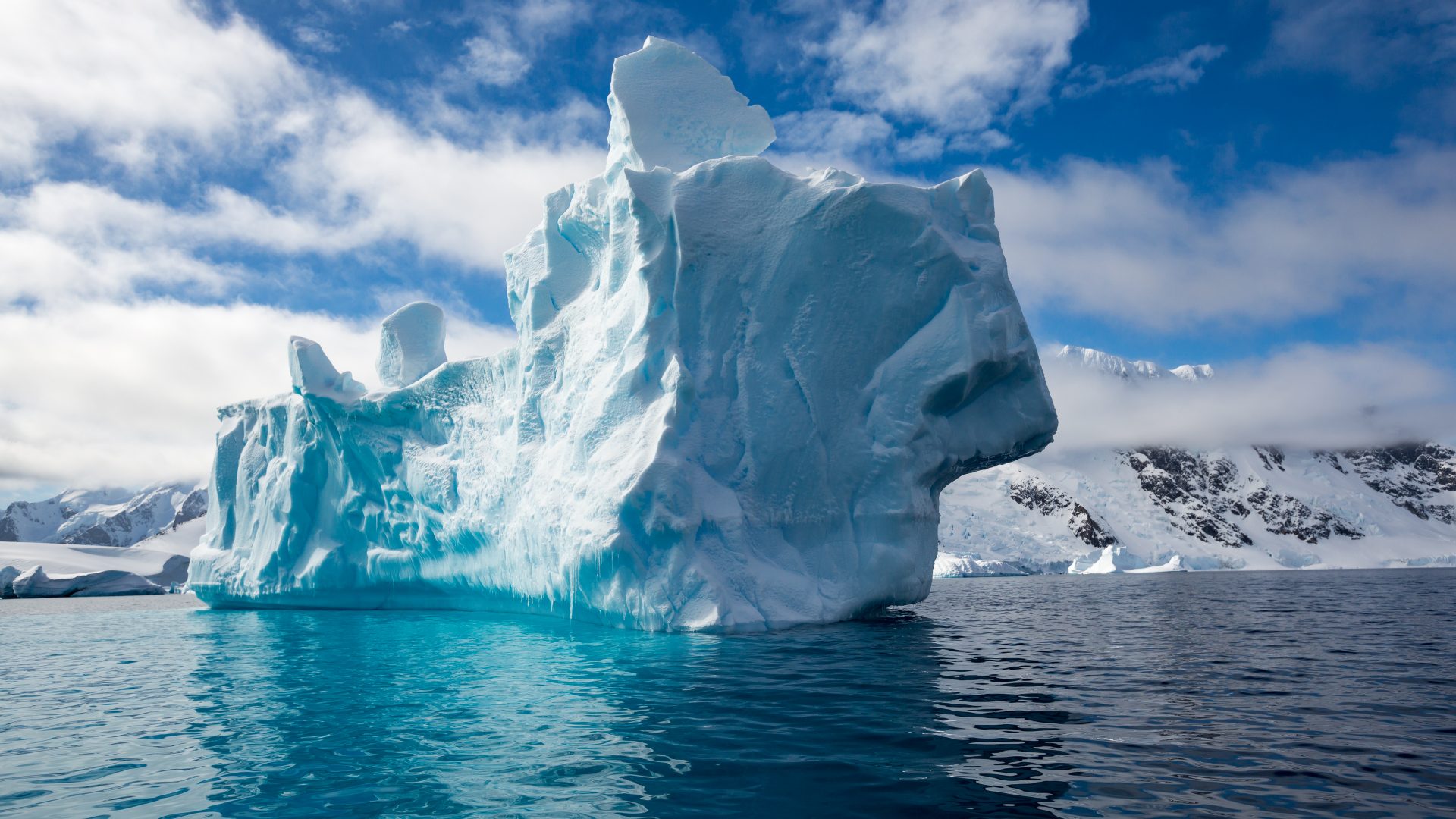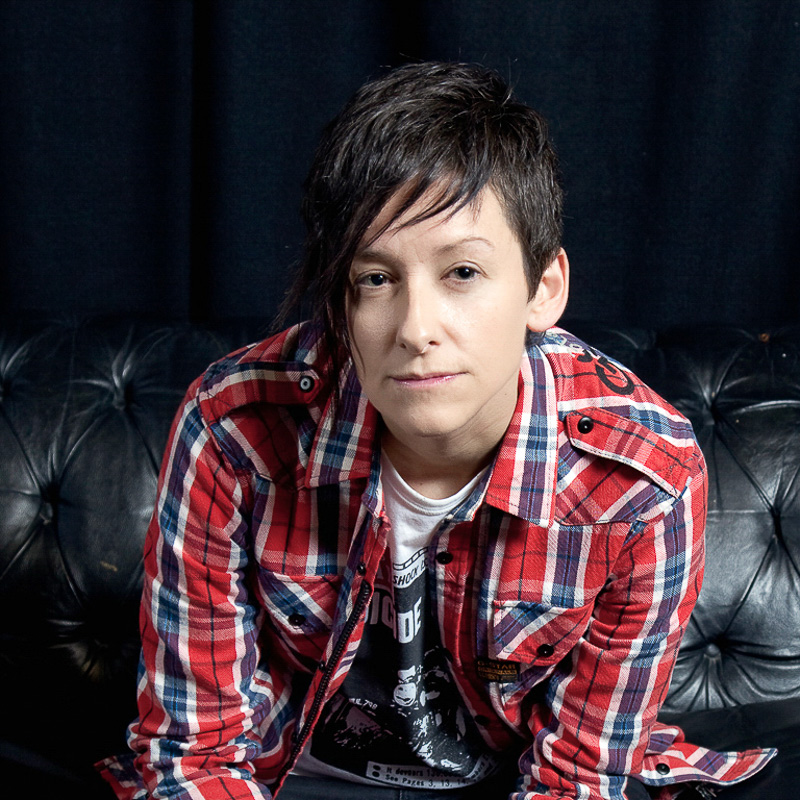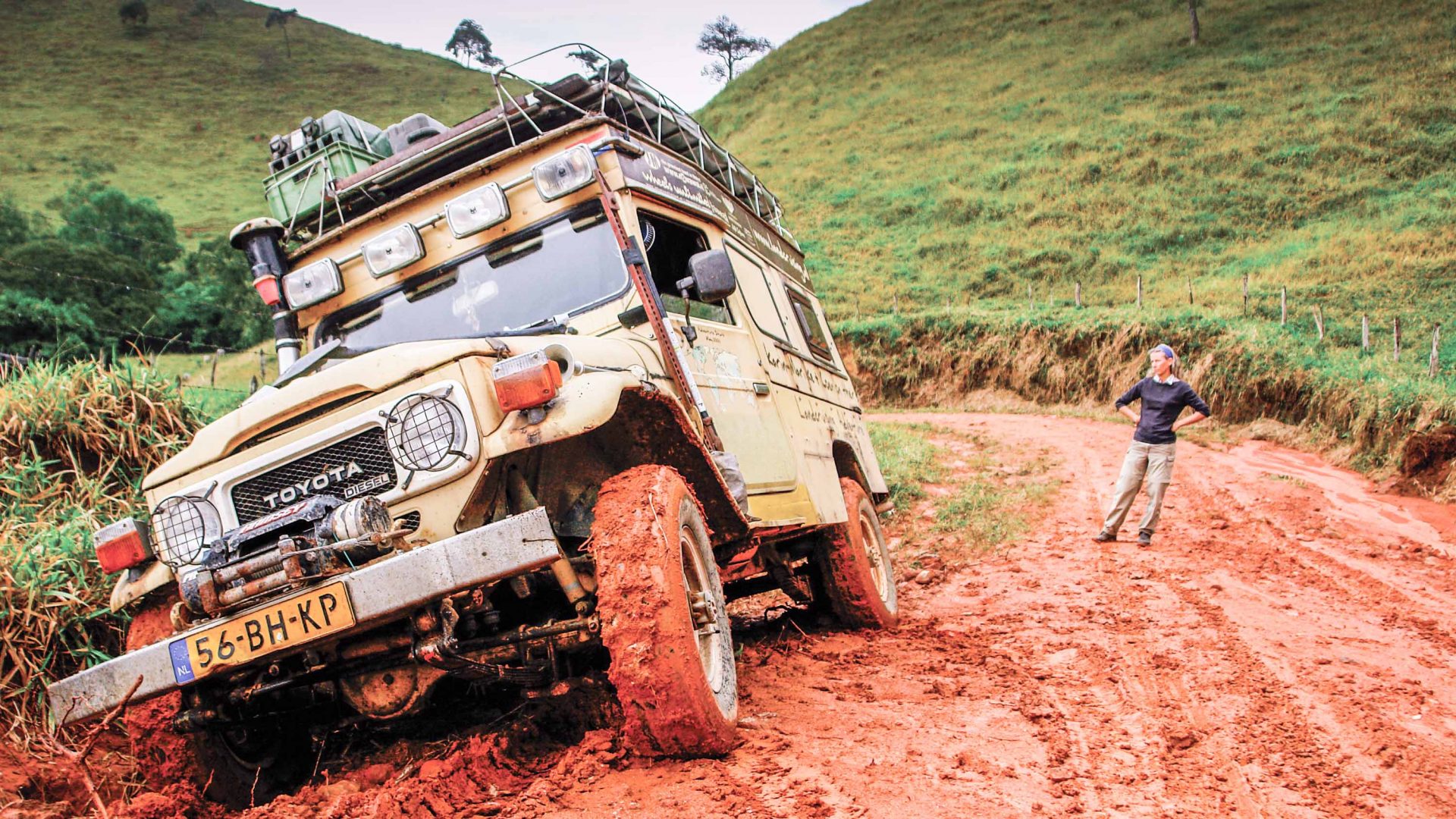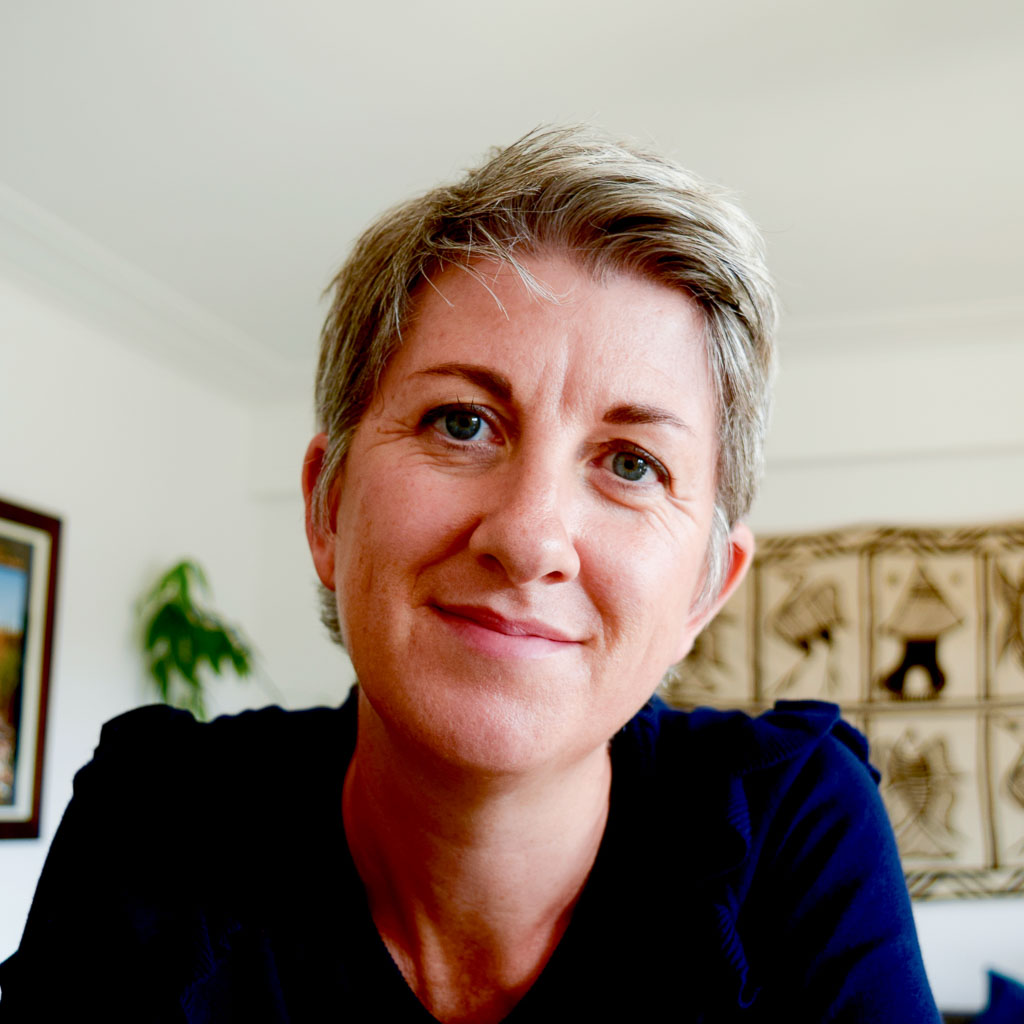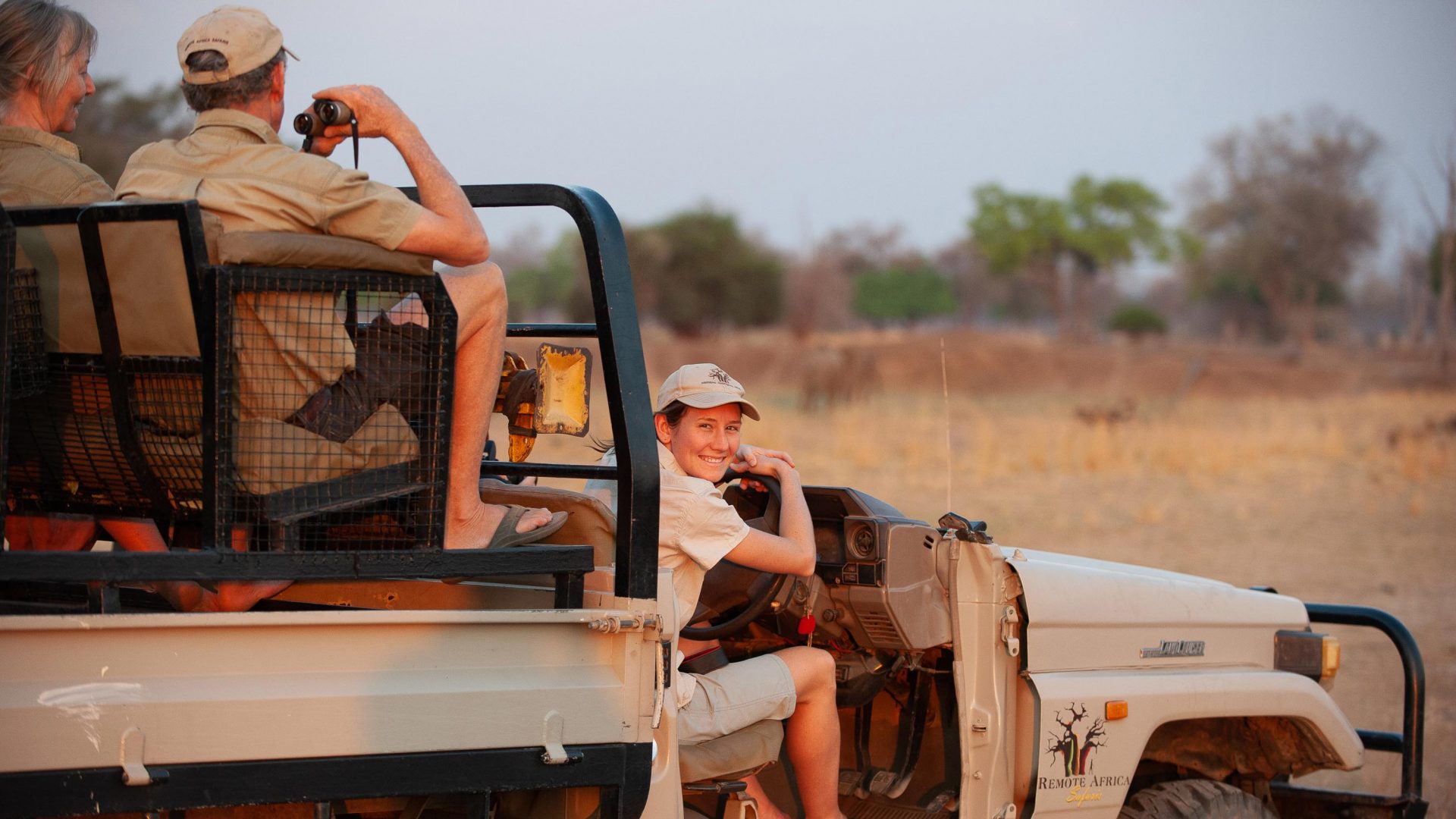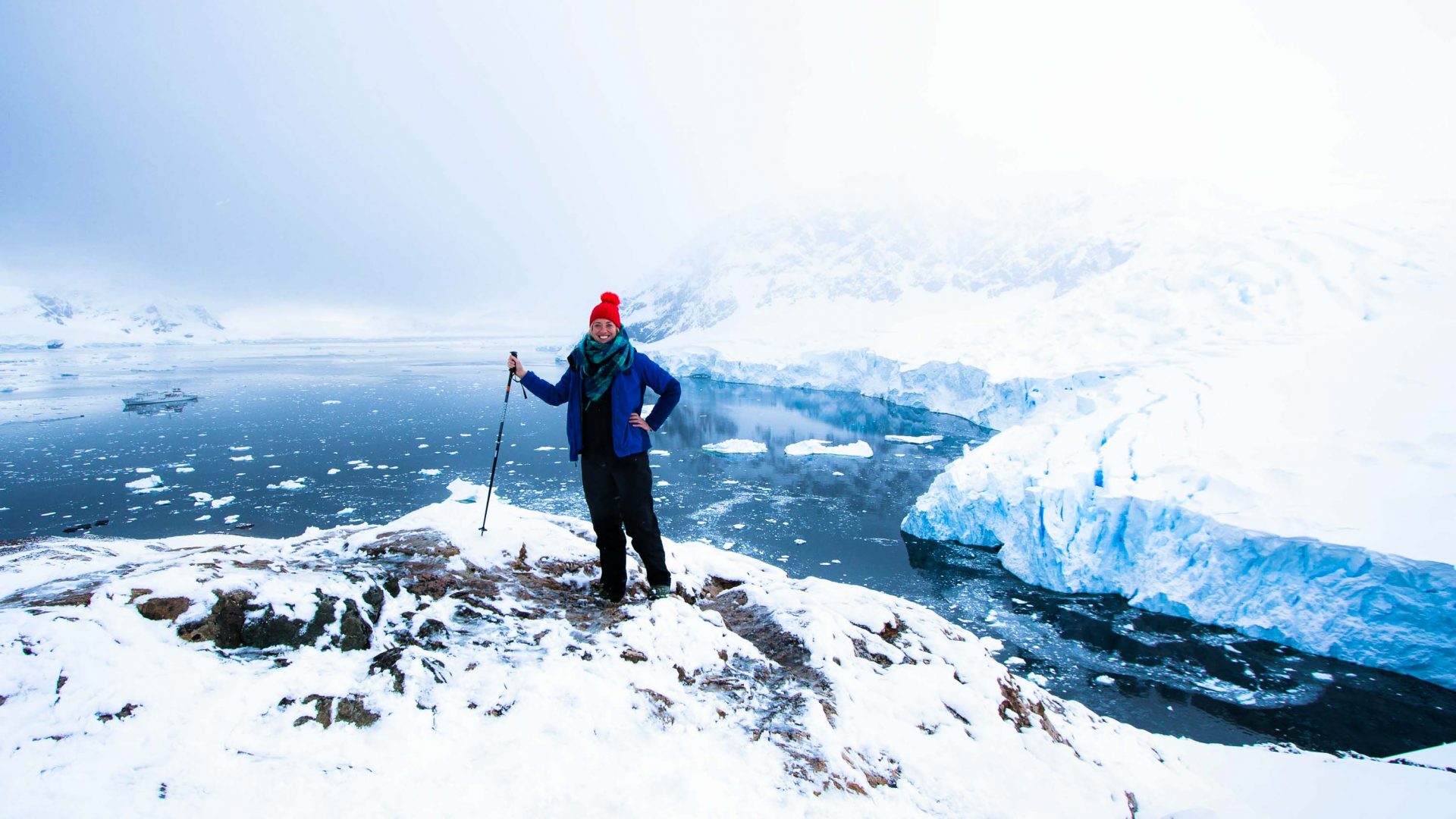
Until the late 1970s and early 1980s, the American and British Antarctic surveys barred women from working on the white continent. On a trip to Earth’s last wilderness, Ellie Fazan meets some of the women proving they’re more than tough enough to hold their own.
In November 2018, I received an email with “ridiculous question” in capitals in the subject line. I opened it right away. The message invited me to join a trip to Antarctica leaving Heathrow that evening. I said yes without a second thought.
I didn’t think about work, and that there wouldn’t be wi-fi; I didn’t think about not having the right gear, or that it would be cold. Very cold. And I definitely didn’t think about my gender. Why would I?
But—believe it or not—it’s only relatively recently that women have been ‘allowed’ to the Antarctic.
